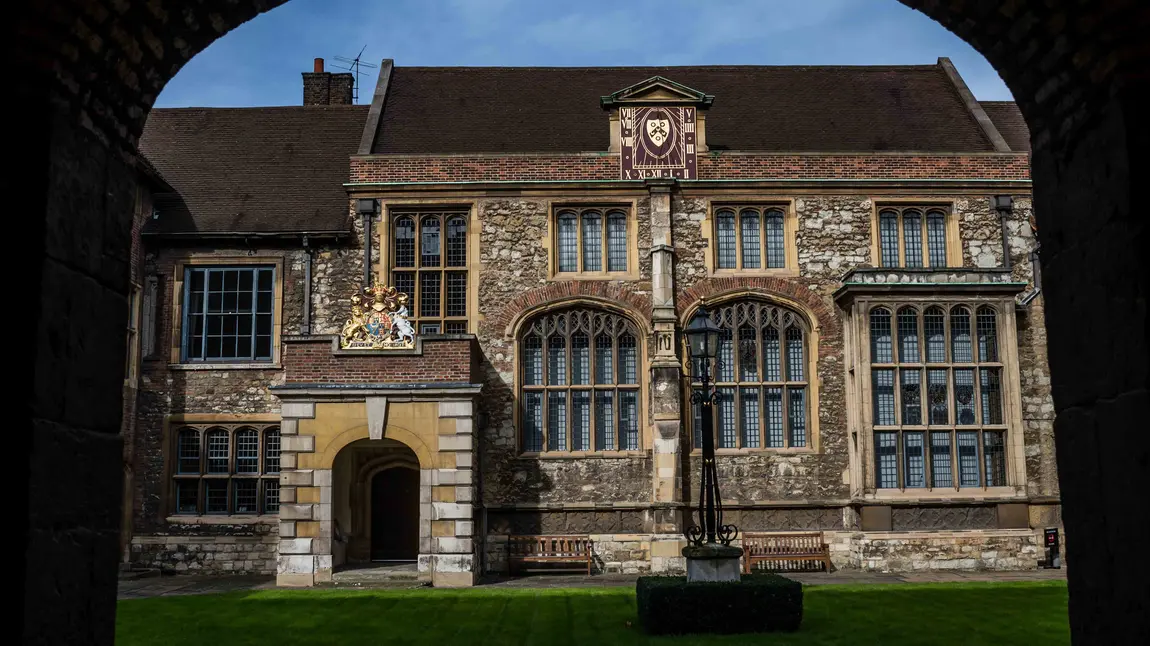Five things you didn't know about the Charterhouse

On Friday 27 January, thanks to National Lottery players, parts of the Charterhouse will be open to the public for the first time in its 660-year history, revealing the great story of this sprawling urban oasis in the heart of London. To celebrate the opening, here are five things you may not know about this fascinating historic site.
A grisly beginning
The Charterhouse was originally a Carthusian monastery, founded in 1371 on land used as a burial ground for victims of the Black Death in 1348. When it was built, it was the largest Carthusian monastery in Europe.
A royal refuge
With the Dissolution of the Monasteries, the Charterhouse became a mansion for wealthy noblemen and a refuge for royalty. Elizabeth I met the Privy Council here in the days before her coronation in 1558 and James I used the Great Chamber to create 130 new barons before he was crowned. James I retained his connection with the Charterhouse in later years, becoming the first Royal Governor of Thomas Sutton’s benevolent foundation.
Brothers in alms
In 1611 Sutton bought the Charterhouse and established the foundation that now bears his name. His will provided for up to 80 Brothers: "either decrepit or old captaynes either at sea or at land, maimed or disabled soldiers, merchants fallen on hard times, those ruined by shipwreck of other calamity" as well as Charterhouse school. The site has remained as an almshouse for over 400 years.
An influential history
The Charterhouse has had an influence on some of the highest profile figures from the literary, political and social history of the UK. The Duke of Wellington, William Gladstone and Oliver Cromwell all served as Governors, William Makepeace Thackeray, Robert Baden-Powell and John Wesley all attended school there, and it featured in the writings of Charles Dickens and Daniel Defoe.
Revealing the Charterhouse
This latest project is not the first time that the Charterhouse has been explored. The principal historic buildings were severely damaged by enemy action during the Blitz in May 1941. They were sensitively restored in the 1950s, which allowed the exposure and embellishment of some medieval and much 16th and 17th century fabric that had previously been concealed or obscured.
As part of the restoration project, archaeological investigations were carried out which led to a greatly enhanced understanding of the layout of the monastic buildings, and the discovery of the remains of Walter de Manny, the founder, buried in a lead coffin before the high altar of the monastic chapel.
Find out more
To find out more about the project and the new museum, visit the Charterhouse website, or follow the Charterhouse on Twitter, Facebook and Instagram.